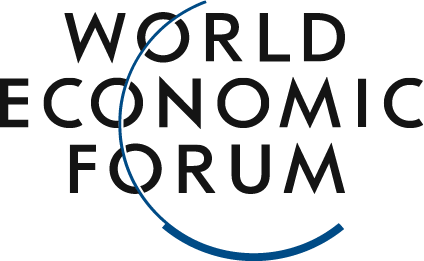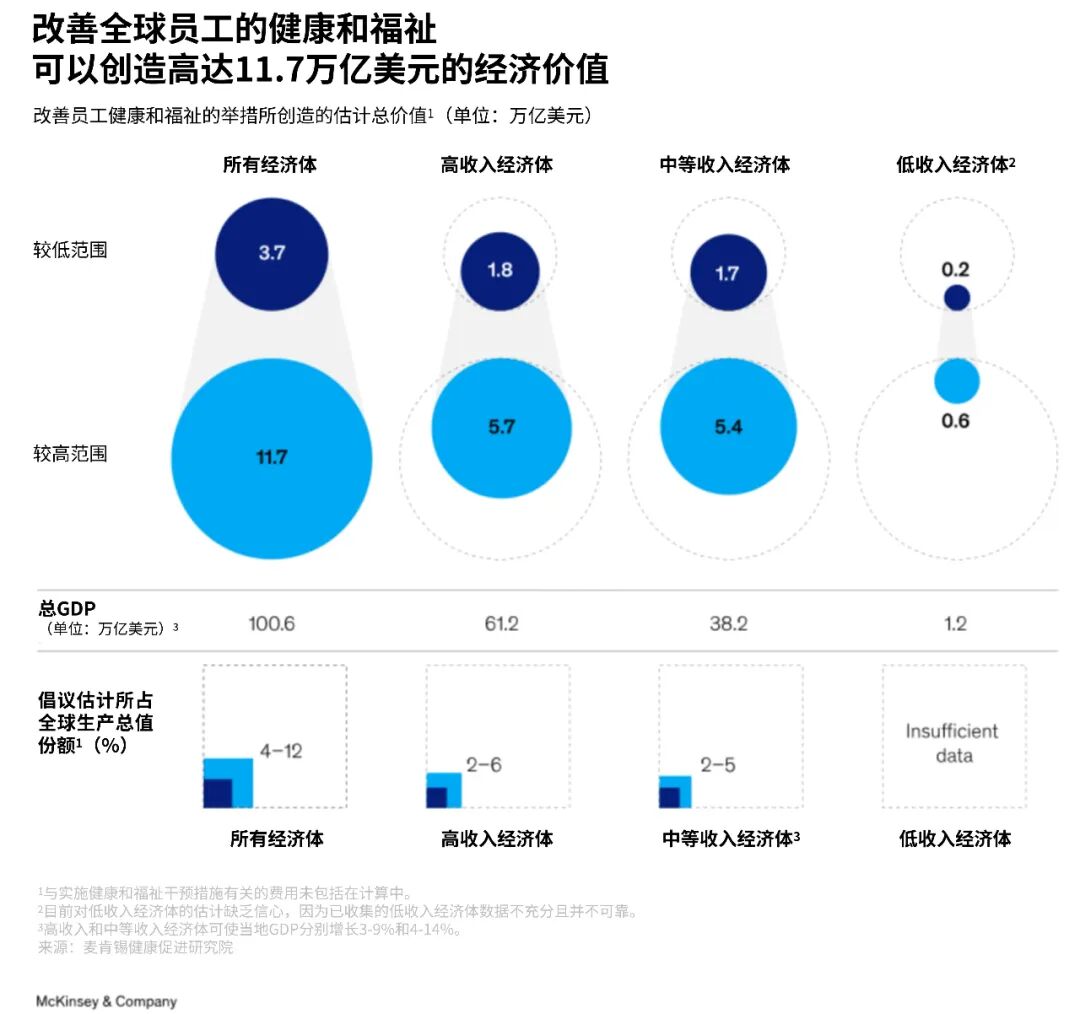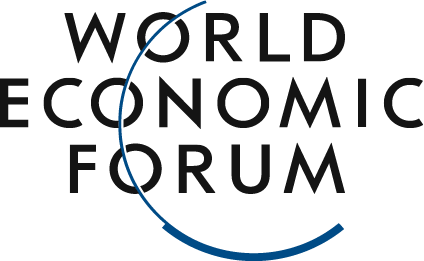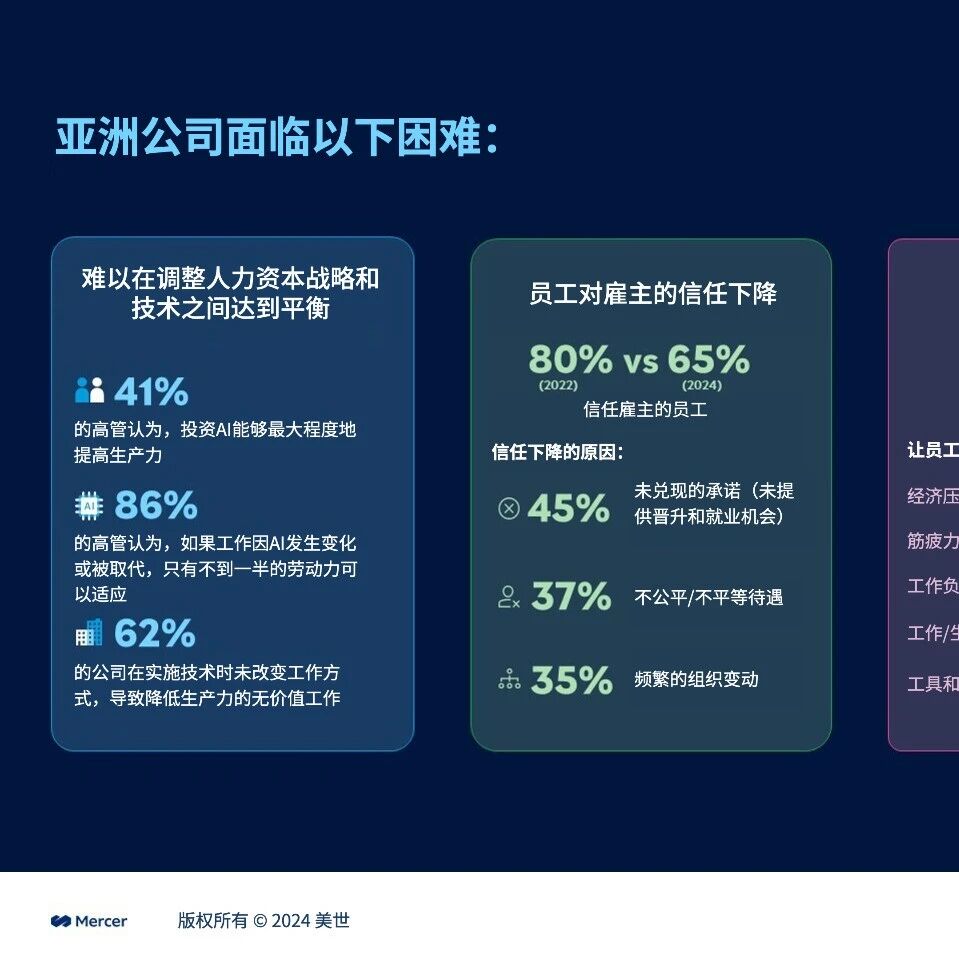Investing in employee health can boost productivity, reduce absenteeism, and help attract and retain top talent.
Image source:Pexels/fauxels
Jacqueline Brassey
Co-Director of the McKinsey Institute for Health Promotion
Lars Hartenstein
Associate Partner at the McKinsey Health Promotion Institute
Patrick Simon
Senior Partner at the McKinsey Health Promotion Institute
Investing in employees' health and well-being can boost productivity, reduce absenteeism, and help attract and retain top talent.
Improving global employee health could boost potential global economic gains by as much as billions of dollars.
While employers play a crucial role in this process, we can’t stop at simply providing basic healthcare—we need to adopt a multifaceted approach to ensure employees’ health is optimally protected.
Imagine a world where employers invest in their employees' health—based on concrete evidence. In return, they reap numerous benefits: their workforce, business, and even the communities they belong to thrive and flourish. When employers successfully address the inherent link between work and health, it unlocks a wealth of positive opportunities that propel business growth forward.
The McKinsey Institute for Health Promotion previously identified 23 drivers of health. Among these, employment can significantly enhance employees' performance in areas such as social interactions and sleep. In this article, we focus on six key health drivers that employers can influence—and wisely support. By improving their workforce's health, employers have the potential to inject up to trillions of dollars into the global economy while also fostering positive societal impact. When employers and employees collaborate to address the health factors within their control, everyone stands to gain.Drivers of Workplace Well-beingIncreasingly, research is establishing links between health drivers and the workplace, identifying six key, modifiable factors tied to employee well-being: social interaction, mindset and beliefs, productivity-enhancing activities, stress levels, financial security, and sleep. Researchers are now gaining deeper insights into how employers can foster positive change by addressing these factors, ultimately helping employees achieve optimal health and wellness.Considering that the average person spends more than 90,000 hours working over their lifetime—roughly one-third of their entire life—employment could be a critical link in achieving global health improvement goals. The McKinsey Institute for Health Promotion analyzed 26 workplace factors and examined how they influence both employee health and job performance across 30 countries. The study revealed significant distinctions between workplace factors that contribute to poor health outcomes and those that foster well-being. Our analysis identified employees' sense of self-efficacy, adaptability, and organizational belonging as the primary predictors of good health, while negative workplace behaviors, role ambiguity, and conflicting job roles were pinpointed as the key culprits behind declining employee wellness.Previously, researchers from the University of Oxford’s Wellbeing Research Centre analyzed happiness data from more than 15 million employees, exploring the key workplace factors that drive well-being. The team identified and tested 11 factors, including compensation, flexibility, purpose, inclusivity, achievement, support, trust, sense of belonging, management, and learning. Their findings revealed that feeling energized, having a strong sense of belonging, and experiencing trust were the three most critical elements for employee happiness—companies scoring highest in these areas typically also demonstrated superior overall performance. Interestingly, these insights contrasted sharply with employees’ own perceptions, as factors like compensation and flexibility—which they initially believed were the top drivers of job satisfaction and well-being—ranked lower in the study.In short, these studies have helped us identify the six health drivers that employers can most easily influence.These six driving factors can improve employee health.Our analysis shows that employers can drive significant change by addressing six key health drivers: social interactions, mindset and beliefs, productivity-enhancing activities, stress levels, financial security, and sleep.Regular social interactions have been widely reported to have positive effects on health. For instance, a review of previous studies on mortality rates found that participants with strong social connections experienced, on average, a 50% increased likelihood of survival. Additionally, the better children are socially integrated during their formative years, the lower their blood pressure and body mass index tend to be in adulthood.Social interactions employees experience at work significantly impact both their health and workplace performance. Simply put, building strong relationships and fostering teamwork in the office can drive innovation, boost employee engagement, and enhance overall job quality—qualities that may be especially crucial for workers who have smaller social circles outside of the workplace. According to a 2023 study by the McKinsey Health Institute, encountering harmful workplace behaviors can negatively affect employees’ well-being and productivity, manifesting most notably through increased feelings of loneliness at work, heightened intentions to leave the organization, and growing signs of burnout.Harmful workplace behaviors are a critical health driver that must be addressed in the workplace. If left unaddressed, they can undermine the benefits of any initiatives aimed at promoting health and well-being. Interventions to combat harmful workplace practices include implementing zero-tolerance policies and establishing anonymous feedback mechanisms—allowing employees to report issues confidentially—while also fostering a company culture that encourages providing constructive, actionable feedback to colleagues.Meanwhile, the psychological safety felt within teams, along with the support received from colleagues and managers, also positively impacts employee well-being, leading to overall improvements in their health. In 2023, researchers at MIT Sloan School of Management outlined several socially beneficial initiatives that have proven effective in helping managers foster psychological safety within their teams. These measures include training managers to conduct one-on-one meetings—on one hand, to inquire about employees' concerns and areas where they may need support, thereby offering personalized assistance; and on the other hand, to help employees prioritize their tasks, removing obstacles that could hinder their progress. Interestingly, personalized support has been shown to be most effective in boosting psychological safety when it’s relatively low, while eliminating barriers becomes particularly impactful when psychological safety levels are already high.Research from institutions such as the McKinsey Health Institute shows that a positive mindset and strong beliefs can significantly enhance employee well-being. This includes the growth mindset—where individuals believe their intellectual or psychological abilities can develop and improve through learning, rather than viewing them as fixed or immutable—as having a profound impact on mental health. Additionally, regularly practicing gratitude has been linked to numerous benefits for physical health. Cultivating a positive attitude and belief system in the workplace not only boosts mental and physical health but also contributes to overall well-being.In fact, optimal overall health isn’t achieved by completely avoiding workplace stressors. Instead, it can be maintained by fostering positive experiences at work—such as feeling highly self-efficacious, adaptable, purposeful, and connected to your team. For instance, if someone believes they have the support of their colleagues, they’ll be better equipped to handle intense pressure, even when faced with tight deadlines for a major project.Employers can enhance employees' sense of purpose at work and foster a stronger sense of belonging to the organization by sharing compelling stories with their teams and helping them feel connected to the organization’s mission. In fact, goal-driven companies that excel in this approach have demonstrated growth rates twice as fast as their competitors, while also making significant strides in employee satisfaction, retention, and consumer trust. Some of these achievements may be attributed to employees’ intrinsic motivation, enabling them to maintain higher levels of well-being over time—and ultimately creating a positive performance cycle. Moreover, employees’ sense of self-efficacy and adaptability can also be cultivated within the workforce.Cultivating these capabilities will help employers build a more resilient and healthier workforce.,,3.711.7, GDP 4%12% 95%()The city government can play a crucial role in achieving positive health outcomes. Given that most large employers are concentrated in urban areas, businesses and employees have a unique opportunity to come together, align on broader health aspirations, and identify targeted interventions—working collaboratively to turn these shared goals into reality.Whether positive or negative, employment can—and indeed does—have a profound impact on health. By adapting how and where people work to support optimal employee well-being, we can help billions of workers and their families around the world live longer, higher-quality lives, while also benefiting their employers and the societies in which they reside.
This article is published in collaboration with McKinsey & Company.Translated from the World Economic Forum Agenda blog; the Chinese version is for reference only.Feel free to share this on WeChat Moments; please leave a comment below the post if you’d like to republish.
Translated by: Wu Yimeng | Edited by: Wang Can
The World Economic Forum is an independent and neutral platform dedicated to bringing together diverse perspectives to discuss critical global, regional, and industry-specific issues.
Follow us on Weibo, WeChat Video Accounts, Douyin, and Xiaohongshu!
"World Economic Forum"






